OTA Chennai vs IMA Dehradun - Which is Best for You?
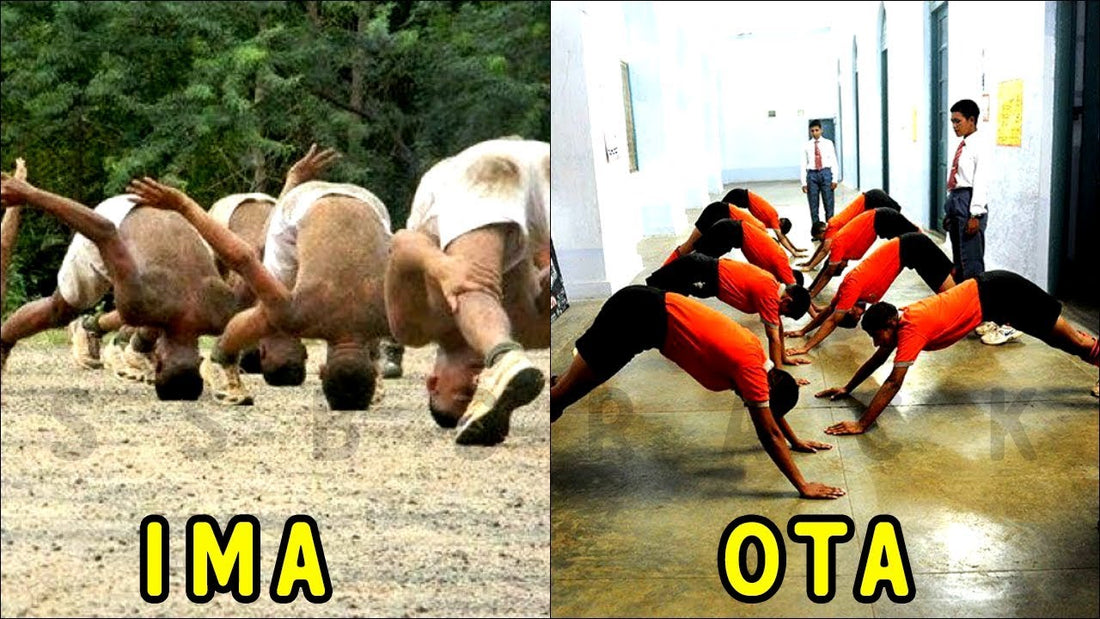
When aspiring to build a career in the Indian Army, prospective officers often face a pivotal decision: should they pursue training at the Officers Training Academy (OTA) in Chennai or the Indian Military Academy (IMA) in Dehradun? The choice between these two prestigious institutions is significant, influencing not only the trajectory of an officer's career but also their personal and professional lives.
This article serves as a comprehensive guide to help you evaluate your options, highlighting key differences, career prospects, and offering insights that can guide your decision-making process.
SSB Interview Books Power Pack: 4 Must Read Books for Defence Aspirants
Rs. 1,760.00
Sale price
Rs. 1,399.00
Let's Crack SSB Interview Book [Paperback]
Rs. 390.00
Sale price
Rs. 360.00
Breaking The Code of SSB Psychological Tests Book - SSB Interview (TAT/WAT/SRT/SD)
Rs. 390.00
Sale price
Rs. 360.00
OIR Test & PPDT Book - SSB Interview Screening Test - Stage 1 Testing
Rs. 490.00
Sale price
Rs. 375.00
Historical Context
The Indiann Army's esteemed training institutions have evolved to meet the strategic needs of the nation while nurturing leadership qualities among its officers. The Indian Military Academy (IMA), established in 1932, has laid the foundation for many of India's military leaders. The academy has shaped the minds and skills of officers who defend our borders and maintain peace within the country.
In contrast, the Officers Training Academy (OTA), which came into existence in 1963, was formed in recognition of the need for specialized training for short-term officers. With a focus on the Short Service Commission, OTA has adapted to the changing landscape of military strategy and personnel requirements. This academy has also made strides in promoting inclusivity by opening its doors to female candidates, setting a precedent in military training across the country.
Also Read: How To Become A Lieutenant In The Indian Army?
Location and Establishment
OTA, situated in Chennai, Tamil Nadu, is complemented by a branch that operates in Gaya. This geographical diversity provides candidates with a unique environment conducive to strategic and tactical training. The choice of Chennai as a training ground not only benefits from its coastal climate but also a cultural richness that adds depth to the learning experience.
IMA, on the other hand, is located in Dehradun, nestled in the picturesque foothills of the Himalayas. The serene environment is conducive to the training of officers, fostering discipline and focus in a serene setting. Established earlier than OTA, IMA has a long-standing tradition of excellence and mentorship in military training.
Type of Commission
One of the most critical factors to consider when choosing between OTA and IMA is the type of commission.
- OTA primarily trains officers for the Short Service Commission (SSC), which typically lasts between 10 to 14 years. This flexibility is ideal for individuals seeking transient careers in the army or those who wish to transition into civilian roles later.
- IMA, conversely, trains officers for the Permanent Commission (PC), allowing for a career that may extend up to 30 years or more. This route is particularly appealing for those dedicated to a lifelong career in the army and looking for greater opportunities for advancement.
Training Duration
Training durations between the two academies also differ significantly:
- OTA offers the training duration at the Officers Training Academy (OTA) in Chennai is the same for both men and women. It lasts approximately 49 weeks, which is equivalent to about 11 months. This rigorous program is divided into two semesters of 23 weeks each, with a three-week term break in between
- IMA offers training duration based on entry, for NDA and TGC entry cadets the training lasts for 1 year, as these cadets already have a foundation in military discipline and training. For CDS entry training extends to 1.5 years (18 months), as these cadets require additional preparation to meet IMA's rigorous standards.
Indian Military Academy IMA Coffee Mug
Rs. 699.00
Sale price
Rs. 499.00
NDA Service Before Self Coffee Mug
Rs. 699.00
Sale price
Rs. 499.00
Officers Training Academy OTA Chennai Coffee Mug
Rs. 699.00
Sale price
Rs. 499.00
Indian Naval Academy INA Ezhimala Coffee Mug
Rs. 699.00
Sale price
Rs. 499.00
Eligibility and Entry Schemes
Eligibility criteria are a critical factor in choosing between these esteemed institutions.
- OTA is open to both male and female candidates, with an age limit ranging from 19 to 26 years. Candidates typically gain entry through the Combined Defence Services (CDS) Examination, SSC Tech Entry, JAG Entry, NCC Special Entry.
-
IMA, however, is exclusively for male candidates** between the ages of 19 to 24 years. Entry can be achieved through either the CDS Examination or the National Defence Academy (NDA) Examination including TGC Entry.
** IMA will start it first batch of female cadets from 2025, female cadets from NDA who have opted for Indian Army will join the Indian Military Academy for the first time.
Both institutions require candidates to possess a graduate degree, though the academic benchmarks and examination formats differ.
Educational Requirements
The educational prerequisites for both OTA and IMA highlight the rigorous selection processes:
- For most entry schemes into OTA, candidates must undertake the CDS which involves two papers: English and General Knowledge.
- The IMA, while also requiring a graduate degree, demands a higher academic threshold, including three papers (English, Mathematics, and General Knowledge) during the CDS examination, reflecting its vigorous standards for officer training.
Career Prospects and Promotion
The potential for career progression differs notably between OTA and IMA graduates:
- OTA graduates, with their shorter term of service, may find it challenging to climb the ranks compared to their IMA counterparts. While they do have the option to extend their service or convert to a Permanent Commission, such transitions are not guaranteed and depend significantly on merit and individual performance.
- In contrast, IMA graduates have better chances of promotions and progression, with a structured ladder to senior leadership roles due to their longer service duration and extensive training.
Training Methodology
The approach to training at OTA and IMA plays a pivotal role in shaping future leaders:
- OTA emphasizes intensive training in core military tactics, leadership qualities, and physical fitness. The 49-week course is designed to mold candidates into effective leaders in a short span, focusing on practical applications and immediate readiness for deployment.
- IMA provides a holistic, in-depth military and academic training experience across multiple disciplines. From military tactics to strategy and leadership development, the longer duration allows for a rich learning curriculum that includes theoretical and practical exercises aimed at cultivating a well-rounded officer.
Gender Eligibility
A notable distinction lies in gender eligibility, which is critical for many aspiring candidates:
- OTA proudly accepts both male and female candidates, recognizing the contributions and potential of women in the armed forces. This inclusivity has made OTA a choice for many aspiring female officers looking to serve in the army.
- Conversely, IMA remains exclusively for male candidates**. This division reflects a traditional approach to military training, although discussions concerning gender-based admissions continue in the broader context of military reforms.
** IMA will start it first batch of female cadets from 2025, female cadets from NDA who have opted for Indian Army will join the Indian Military Academy for the first time.
9 Para SF Special Forces Wall Flag
Rs. 999.00
Sale price
Rs. 699.00
OTA Chennai Wall Flag
Rs. 999.00
Sale price
Rs. 699.00
National Security Guard NSG Wall Flag
Rs. 999.00
Sale price
Rs. 699.00
Indian Military Academy IMA Wall Flag
Rs. 999.00
Sale price
Rs. 699.00
Case Studies and Real-world Applications
The choice between OTA and IMA can deeply influence an officer's career trajectory. For instance, take the story of Captain Aditi Sharma (a fictional representation for illustrative purposes). Aditi chose OTA, driven by the flexibility of the Short Service Commission. After completing her training, she spent 10 years in the army, focusing on communication and leadership. She ultimately transitioned to a civilian role in military consultancy, leveraging her military experience while contributing to various defence policy discussions.
On the other hand, Major Vikram Singh (a fictional representation for illustrative purposes), a graduate of IMA, committed to a long-term career in the military. His training over 18 months instilled not just tactical knowledge but also strategic foresight. Now, with over 15 years of service, he is involved in crucial decision-making roles, contributing significantly to national security protocols and military operations.
Also Read: How to Attend SSB Interview Without Passing a Written Exam?
Statistical Data and Research Insights
Data from the Ministry of Defence indicates a growing trend among youth towards opting for Short Service Commissions. Statistics suggest that the number of candidates applying to OTA has increased by 30% over the last five years, indicating a shift in career preferences among the younger generation.
Moreover, research conducted by the Army Personnel Management Corps emphasizes that while OTA officers may have fewer years of service, their quick adaptability and fresh perspectives contribute positively to their units' operational efficiency.
Comparative Analysis
When comparing OTA and IMA, the key considerations include:
- Career Length vs. Flexibility: IMA offers a long-term career with a structured path for promotions, while OTA affords short-term flexibility with options for transition.
- Training Duration and Intensity: IMA's extensive training is designed for comprehensive learning, compared to OTA's rapid and practical approach.
- Inclusivity: OTA's acceptance of female candidates positions it as a progressive choice for aspiring women officers compared to the IMA's exclusivity.
Challenges and Solutions
In making the choice between OTA and IMA, candidates may face various challenges. One significant concern is the intense competition for a limited number of spots in both institutions. Candidates must prepare meticulously for entrance examinations, reflecting not only their academic aptitude but also their mental and physical resilience.
To navigate this challenge, prospective candidates are encouraged to utilize preparation resources such as SSBCrack and SSBCrackExams, which offer comprehensive study materials, online courses, and eBooks tailored for success in these competitive examinations. Leveraging guidance from mentors who have been through these paths can also provide critical insights into what to expect, aiding candidates in their preparation.
Future Trends and Predictions
Looking ahead, the Indian Army is poised to embrace reforms that may influence these training academies. An increasing emphasis on technology, cyber warfare, and joint operations with international forces could lead to evolutions in training methodologies at both OTA and IMA.
Furthermore, as discussions around gender equality in the military continue to rise, there may be fundamental shifts at IMA as well, perhaps opening doors for female candidates in the near future. Such changes will not only enhance inclusivity but also broaden the scope of nurturing diverse leadership in the Indian Army.
Conclusion
As you contemplate a career in the Indian Army, the choice between OTA Chennai and IMA Dehradun hinges on your career objectives, personal preferences, and long-term aspirations. Both academies serve distinct purposes within the military structure, providing unique pathways to a career of service, leadership, and commitment.
If your aspiration leans towards a lifelong commitment with aspirations of climbing the military ladder, IMA is undeniably the right choice. However, if you cherish flexibility and the possibility of transitioning to civilian life after a shorter service, OTA may resonate more with your career goals.
Ultimately, your decision must align with a comprehensive understanding of what each institution offers, ensuring that your choice facilitates your journey towards contributing proactively to India's defence. Make sure to explore all resources available to you, including the valuable offerings from SSBCrack to prepare yourself adequately for this challenging yet rewarding path.
By applying thorough research and reflecting on personal interests, future leaders can make an informed decision that paves the way to a fulfilling career in the Indian Armed Forces.
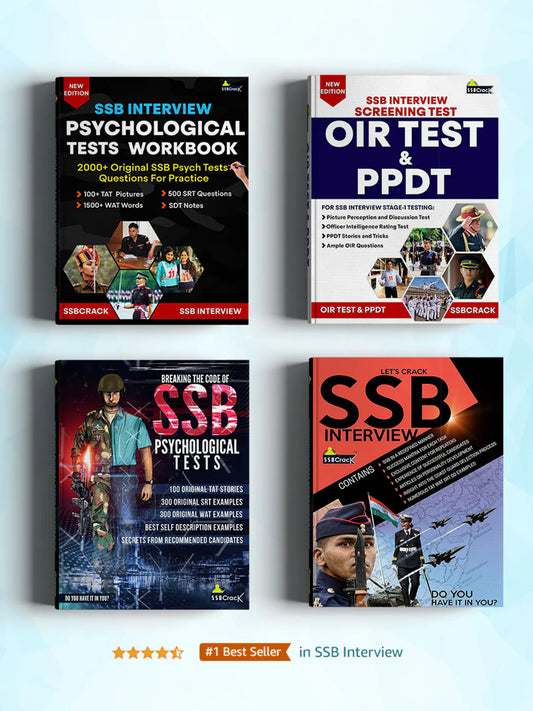
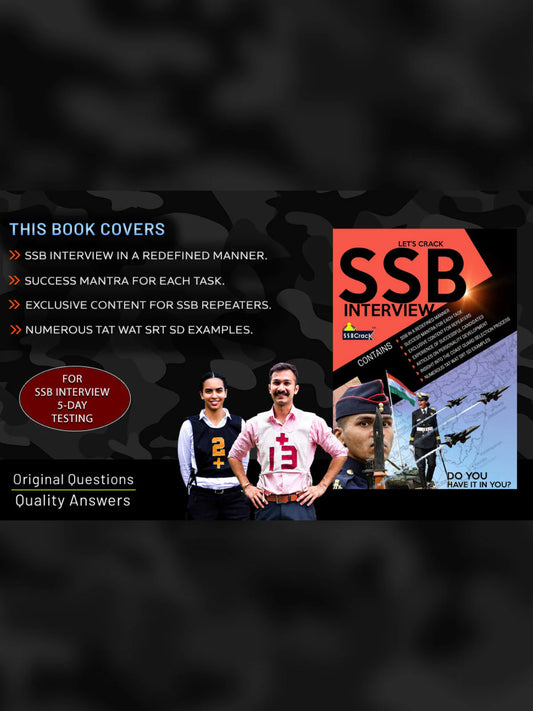
![Let's Crack SSB Interview Book [Paperback]](http://shop.ssbcrack.com/cdn/shop/files/ssb-books.webp?v=1736351621&width=533)
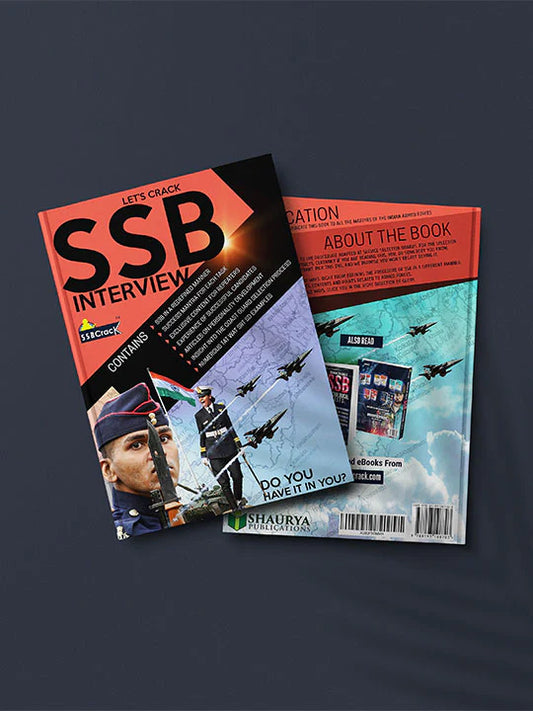
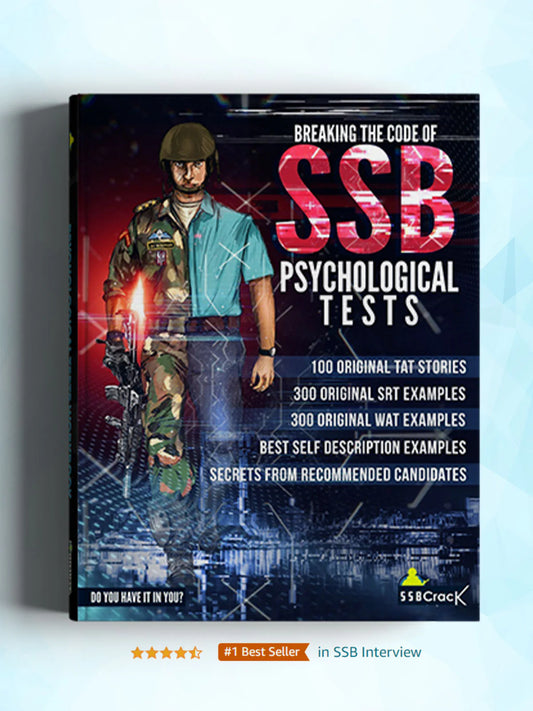
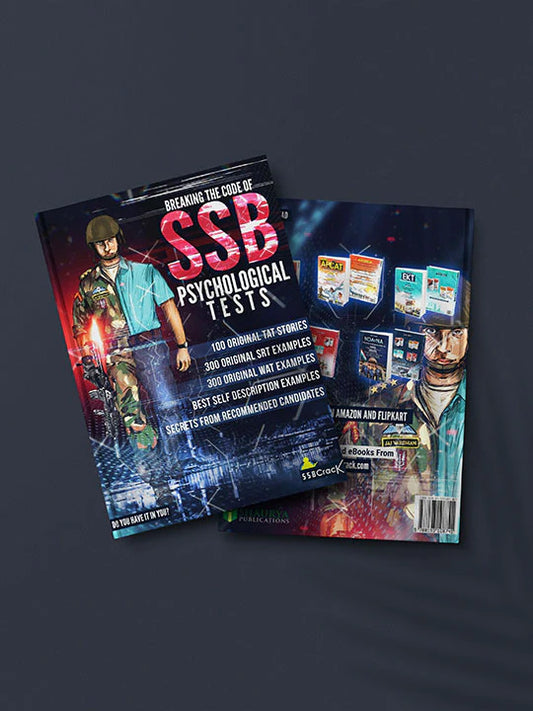
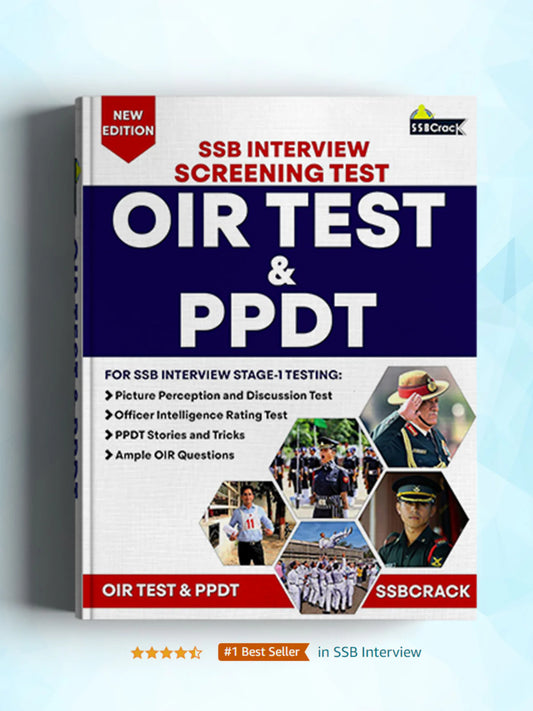

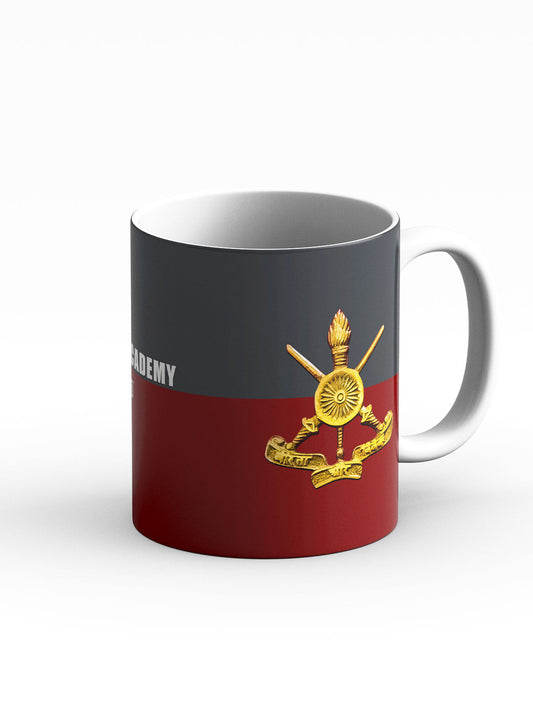
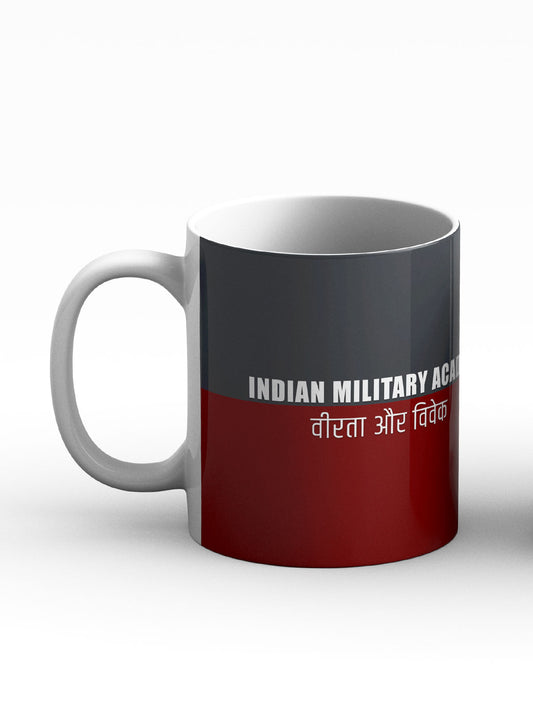
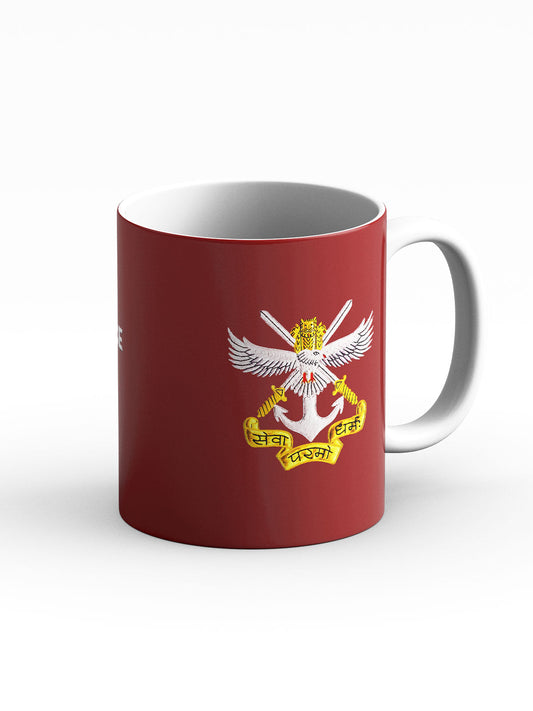
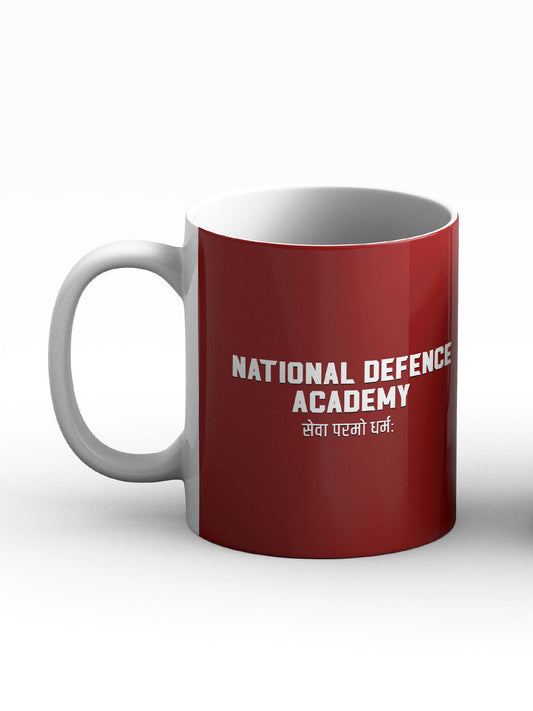
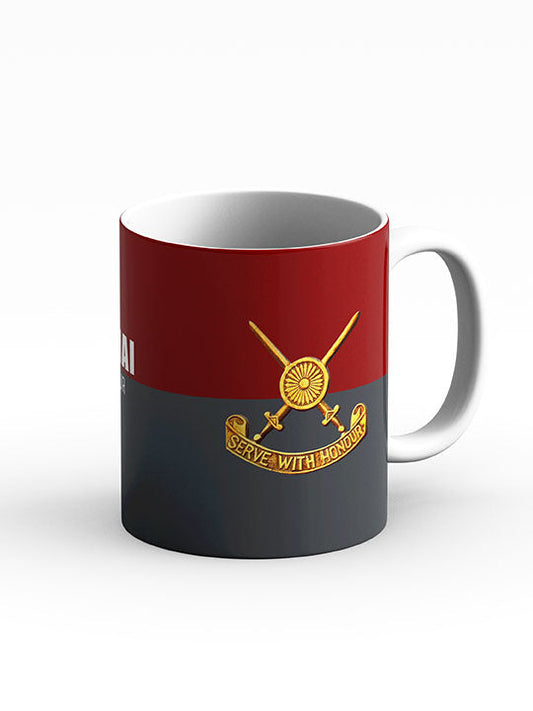
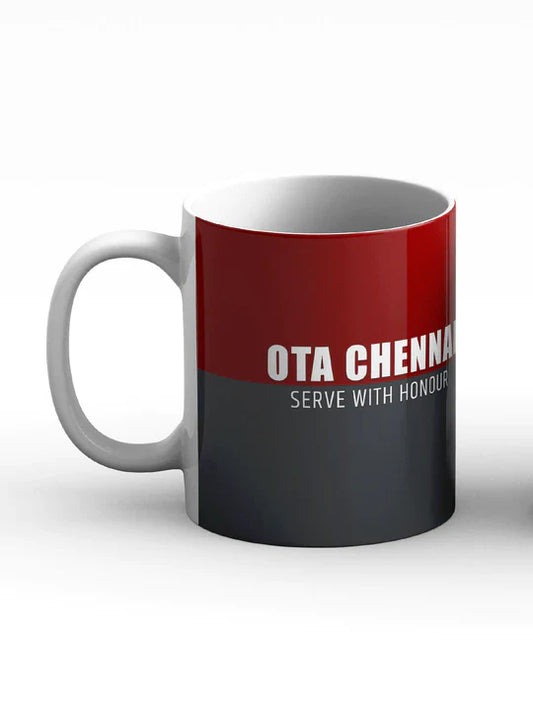
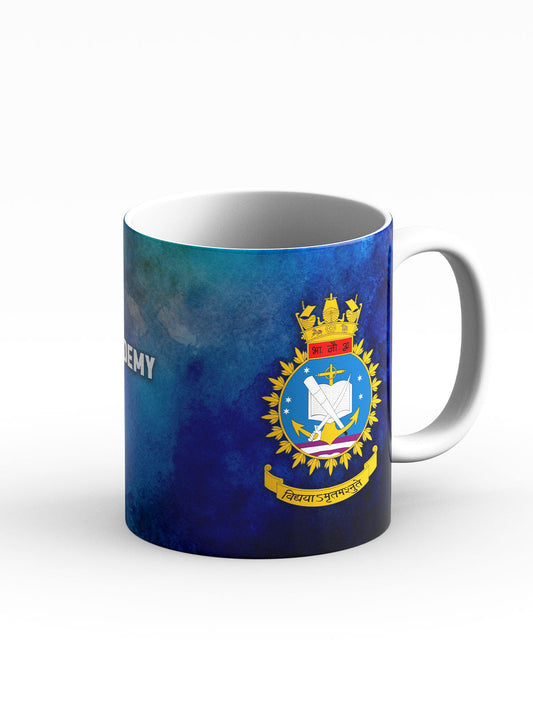
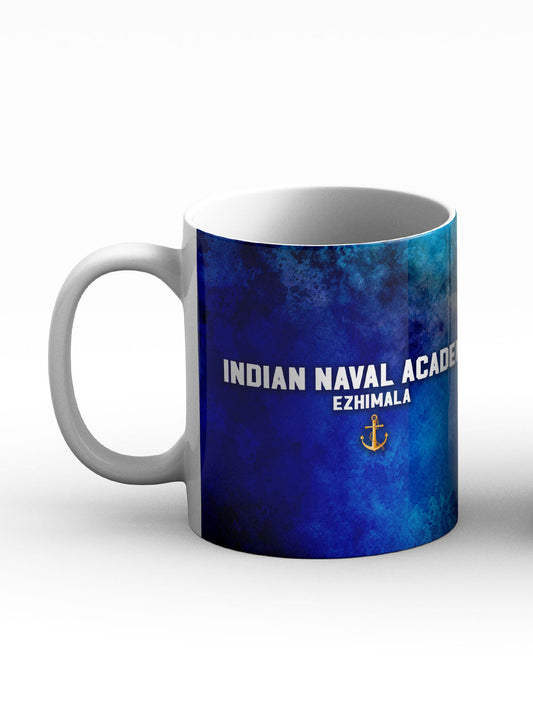
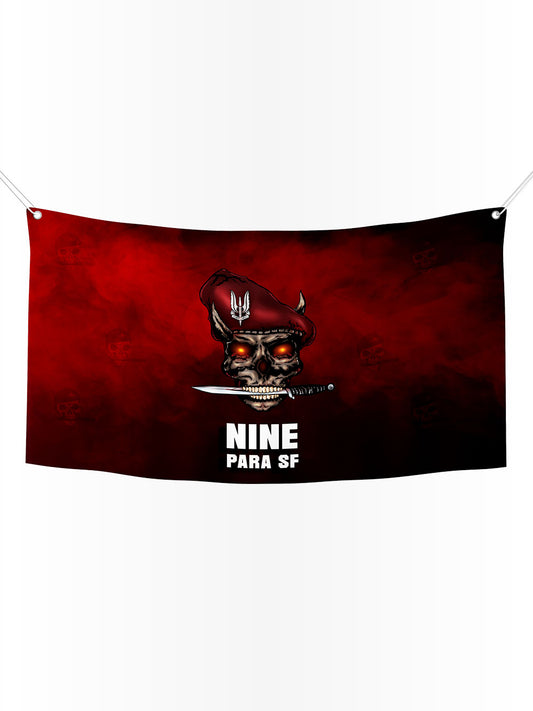
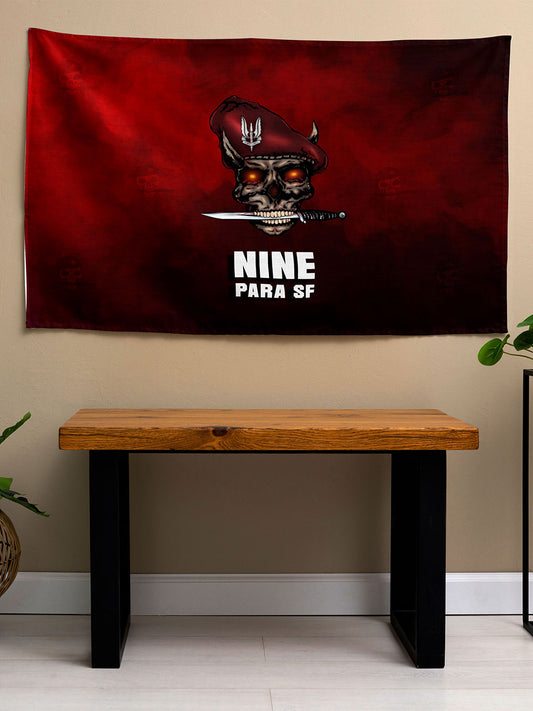
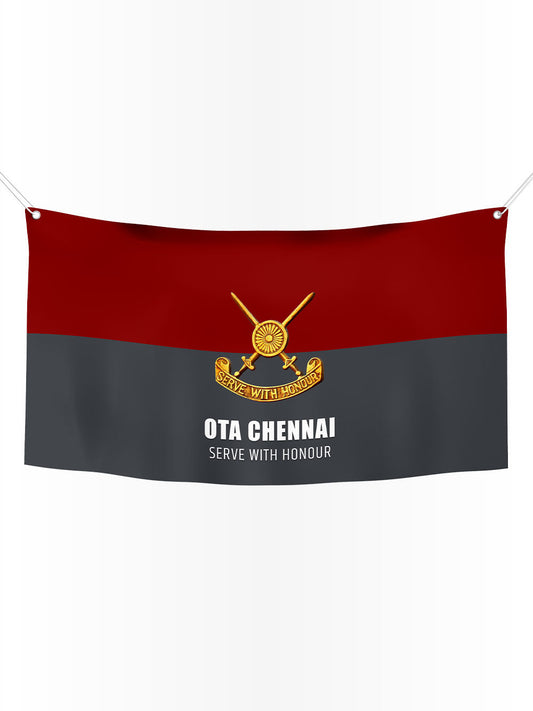
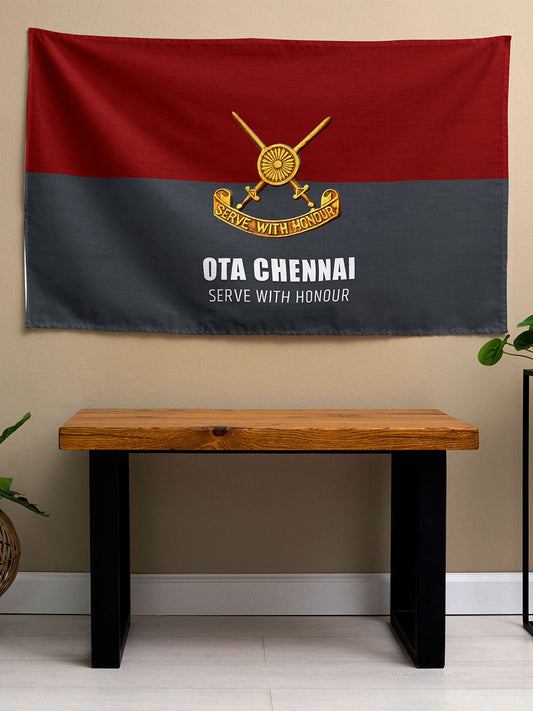
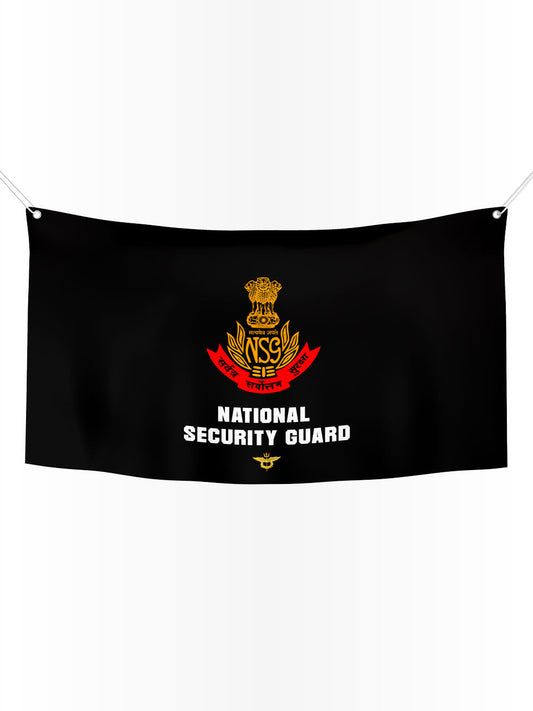


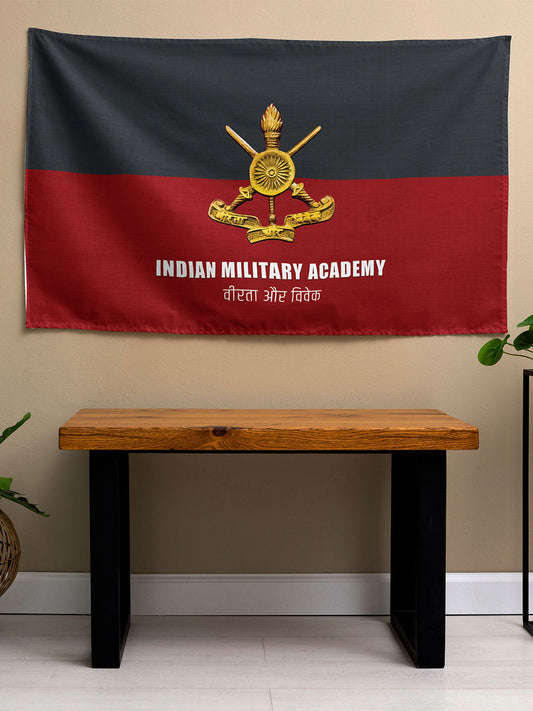



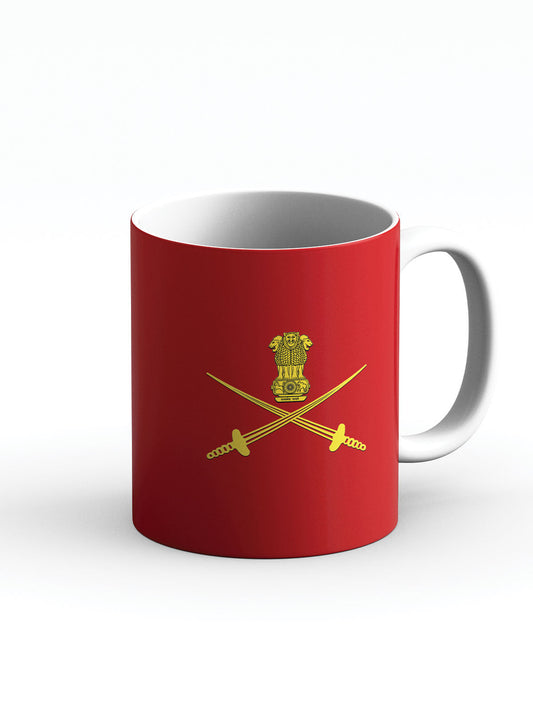

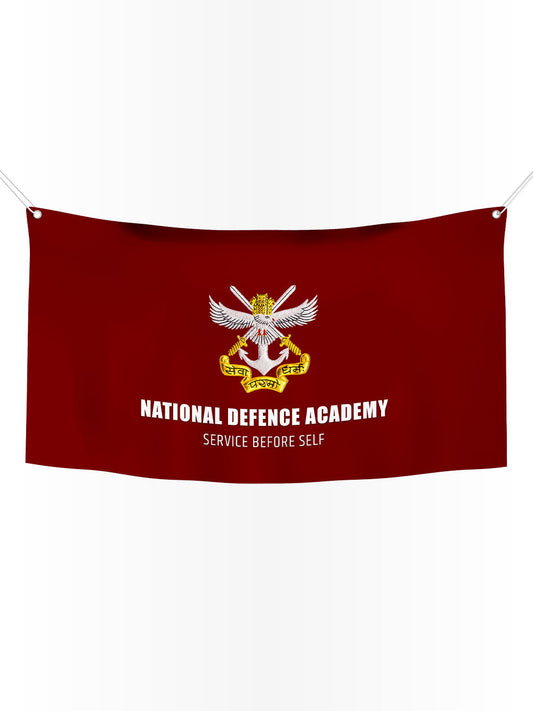
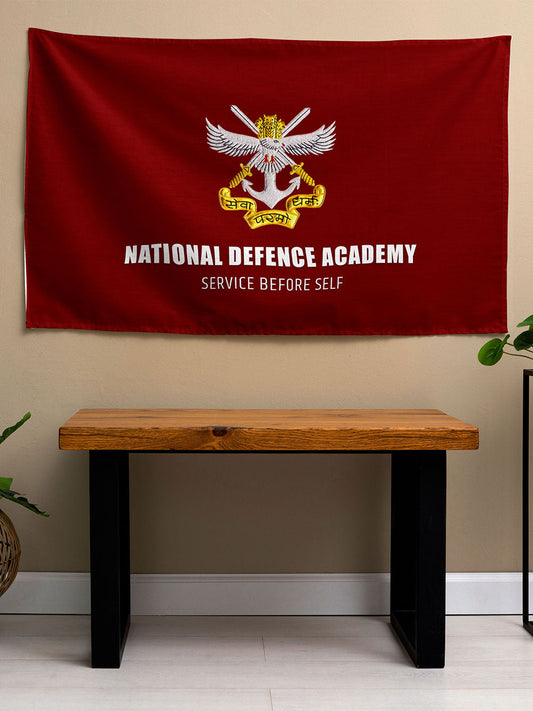

1 comment
Great comparison between OTA Chennai and IMA Dehradun! This blog clearly explains the key differences, helping aspirants make an informed and confident career decision. Well done!